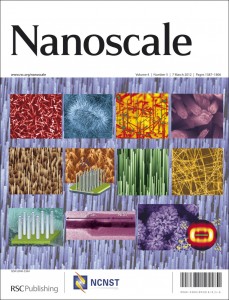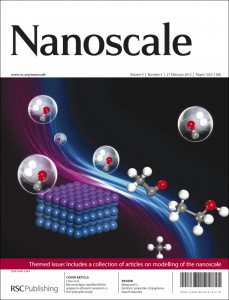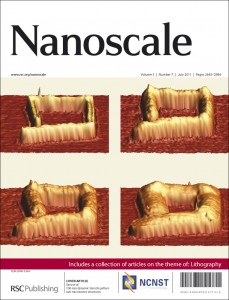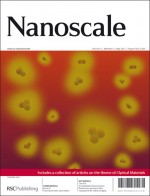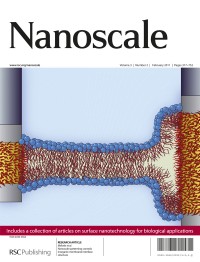
This web collection will be free to access from today until the 28th July, so register for an RSC Publishing personal account and read this cutting edge research for free this week!
Here are just a few of the cancer nanotechnology articles from Nanoscale:
Magnetic particle imaging: advancements and perspectives for real-time in vivo monitoring and image-guided therapy
Michele H. Pablico-Lansigan, Shu F. Situ and Anna Cristina S. Samia
DOI: 10.1039/C3NR00544E
Mesoporous silica nanoparticles as antigen carriers and adjuvants for vaccine delivery
Karishma T. Mody, Amirali Popat, Donna Mahony, Antonino S. Cavallaro, Chengzhong Yu and Neena Mitter
DOI: 10.1039/C3NR00357D
Surface-engineered nanomaterials as X-ray absorbing adjuvant agents for Auger-mediated chemo-radiation
Sang-Min Lee, De-Hao Tsai, Vincent A. Hackley, Martin W. Brechbiel and Robert F. Cook
DOI: 10.1039/C3NR00333G
Quantitative analysis of dendron-conjugated cisplatin-complexed gold nanoparticles using scanning particle mobility mass spectrometry
De-Hao Tsai, Tae Joon Cho, Sherrie R. Elzey, Julien C. Gigault and Vincent A. Hackley
DOI: 10.1039/C3NR00543G











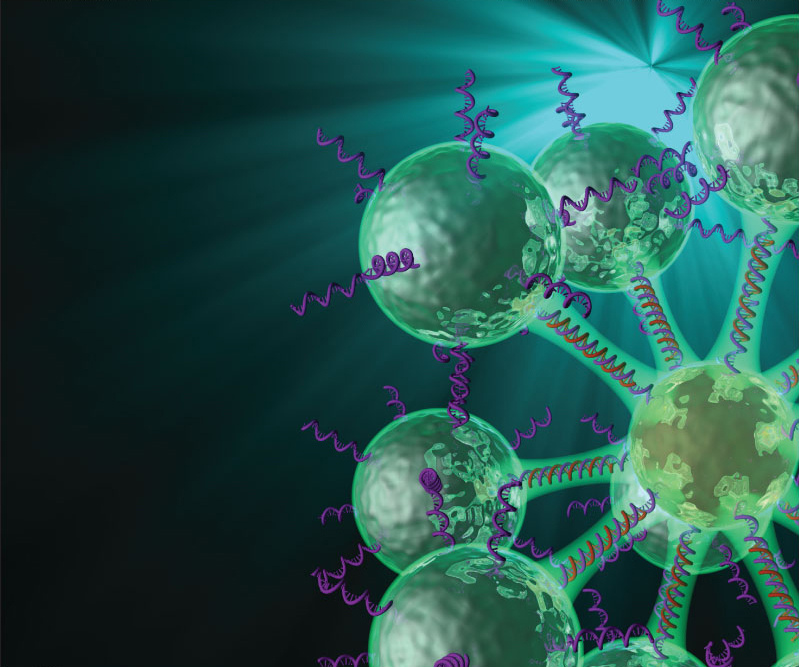
 In this
In this 

